Before learning of Brian Wilson’s passing, I was trying to triangulate a story with Brian Wilson, Paul McCartney, and Ray Davies on the occasion of their mid-June birthdays that even had a touch of punk memory.
I played Brian Wilson’s piano in the 70s thanks to the burgeoning punk scene.
The photo above was taken by Herb Wrede (RIP) in March 1978 at Brother Studios in Santa Monica, California, the studio the Wilson brothers set up after Brian’s wife shut down the studio operation in their Bel Air home. In this photo, Pleasant Gehman and I are flanking Lance Loud, who in addition to being the first reality tv star (“An American Family,” which aired on PBS in 1973) was the singer of Mumps, a band that had its roots in his Santa Barbara, CA days with high school friends, Kristian Hoffman and Jay Dee Daugherty.

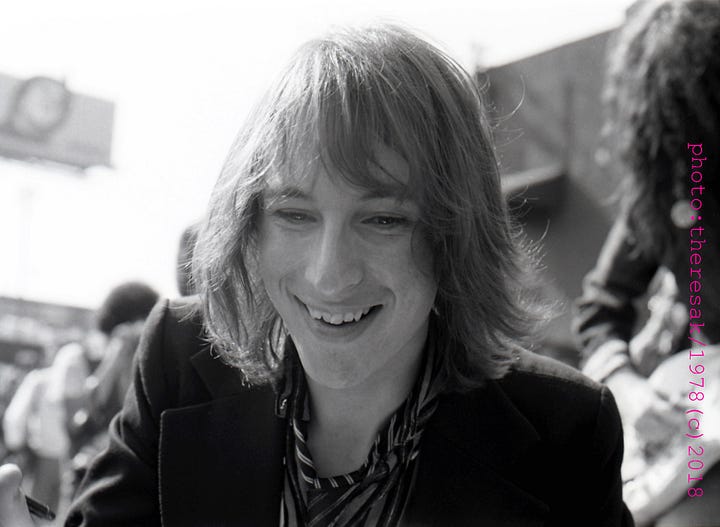
Their departure from California to NYC, pretty much as soon as they graduated from high school was an inspiration to me. Lance was pen pals with Andy Warhol, and finally met him on that move; we were all pretty excited whenever anyone received a post card dispatch from him regaling these kinds of adventures. Santa Barbara also had its own Warhol Superstar in Edie Sedgwick, who was born and died there.
By the time I was born, Edie (born in 1943) had already moved to the East Coast to attend school, and eventually joined the Factory crowd (1965). Ironically, in 1971, she was back in Santa Barbara and attended an event at the museum that was filmed for inclusion in the television series, “An American Family” as well as the after-party. The next morning, her husband awoke to find she had died during the night. She is buried in nearby Ballard, California rather than in the renowned Sedwick Pie in Stockbridge, Massachusetts. The New York Times obituary cited a drug overdose as her cause of death and identified her as “Warhol Star.”
There are so many dots to connect - from the Andy Warhol-attributed quote, "In the future, everyone will be world-famous for 15 minutes" to the concept, then unknown, that the Loud Family gave rise to, of “reality TV star” where I see Lance as the center of an atom molecule - with all the cultural energy swirling around him.
The young Lance I knew - famous for being himself, famous for being famous - wanted to be a rock star.
That’s how and why we were in the Wilson Brothers’ recording studio in the Spring of 1978. They had one single under their belt, produced by Earle Mankey, and were recording another one with him at the helm again. Pleasant and I joined the band on backing vocals for a couple of songs, together with the late Bradly Field (Kristian’s then-boyfriend) and Joseph Fleury (co-manager), and Leonard from The Dickies.
Aside from being in the hallowed halls where their perfect harmonies were recorded, for me, the best thing about spending so much time in Brother Studios was Brian Wilson's piano. It was a Bluthner grand piano with such a rich and lovely tone.
I had only a Wurlitzer electric piano (just like Ian McLagan from the Faces played) in the Lobotomy apartment, so this was a treat to play. I had always known Kristian to be the musical genius and all around music-knowledgeable one of the group. How surprised was I when Mumps guitarist Rob duPrey recognized the Beethoven piece I was playing? That would be the second movement from the "Pathetique" piano sonata, Number 8, Opus 13 in C minor, don't you know.
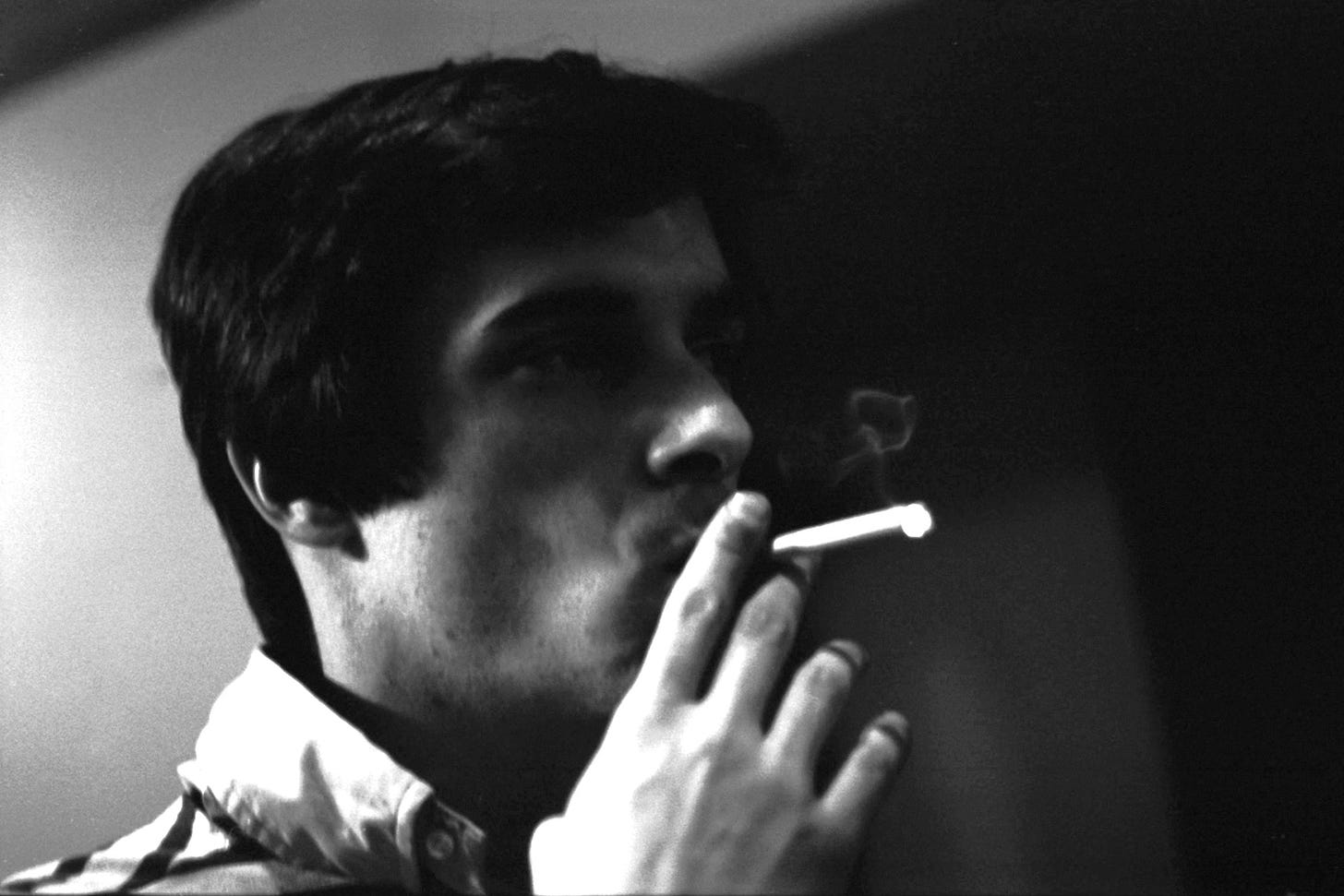
Well, it turns out that Rob was also a classically trained musician. Before joining Mumps, he jammed and rehearsed with a couple other boarding school guys - Meyers and Miller - although you know them as Richard Hell and Tom Verlaine, before the three of them went their various ways. Yes, these Mumps were a minefield of talent, and maybe just a little bit ahead of their time.
As I noted at the top of this post, given the date, I was thinking of Brian Wilson and Paul McCartney and Ray Davies.
In 1986, I was on the production team for an unscripted celebrity profile series on the USA Network entitled Cover Story. At the time, Paul McCartney had an album (Press to Play) he was promoting, and we produced an episode in connection with it.
Yes, we interviewed Paul and Linda, but the piece de resistance was an interview with Brian Wilson! We had to arrange the interview with Eugene Landy, the controversial (and eventually disgraced) psychologist turned manager/production partner for Brian.
Because we were interviewing Brian about Paul McCartney, they agreed (presumably Landy discussed it with Brian) under the condition that we only ask Wilson about McCartney and the Beatles, and nothing about himself. Fair. We were also advised that Brian was hard of hearing in one ear, and that he would twist his mouth so that his good ear could hear himself, and not to think he’d had a stroke. We were well-prepared.
What I was not prepared for, however was Brian on camera expressing absolute honesty and love of music, The Beatles, and Paul McCartney. While his speech was soft and quiet, and he did project to his “good ear” twisting his mouth to do so, his words were thoughtful, and he would often stop and look towards the heavens, as if asking for the right words to say. He told a story about hearing “A Day in the Life” for the first time, and how he wept openly at the song’s grandeur. He gave us so many perfect sound bites about McCartney’s genius. It is no wonder, either, as far as I was concerned, that when we mentioned it to Paul during one of our interviews with him, that he replied it was Brian who was the genius.
The so-called rivalry between The Beatles and The Beach Boys was a press/media position created to sell magazines. It was a mutual admiration society between them. Amongst the British Invasion groups, there was also considerable for-the-media rivalry. In real time, upon the album's release, Ray Davies penned for an English music magazine a lukewarm review of (my favorite Beatles album) REVOLVER, as “a load of rubbish.” Actually, that comment was directed specifically to “Yellow Submarine,” but it did make good headlines and sold papers (again, the press/media game).
The Kinks’ first hit single, “You Really Got Me” (1964) really got me the same way “I Want to Hold Your Hand” really got me a few months earlier. I was 6 years old, but The British Invasion won me over, and Bob Dylan (with “Positively 4th Street”) won me over within a year’s time.
What all these artists, these songwriters had in common was a way of describing people and their lives, creating rich narratives from every day situations, and doing deep dives into the character of individuals, whether that was a third person or the self as narrator or song subject.
They set a bar impossible to beat. In the same breath, however, they raised our standards and expectations, and by extension, they raised the quality of the music by those who call these artists their influences.
If Brian Wilson was the heart, soul, and personification of sunny Southern California, both Paul McCartney and Ray Davies were the quintessentially British ones. Both McCartney and Davies wrote ditties steeped in the rich music hall tradition (in addition to their pioneering pop) as they wrote in detail about the colorful characters and mainstays of their childhoods, from “Penny Lane” to the “Village Green Preservation Society.”
I’d been going to see the Kinks annually since 1974 and by 1978, once my punk rock best friends, Pleasant Gehman and Brian Tristan (the future Kid Congo Powers) and I had befriended the members of Blondie, we were able to meet the Kinks and see them several times in a short period as Blondie were opening a short leg of their US tour. (I have since made this collage of Ray Davies and Debbie Harry - it’s a work in progress, so judge by that metric)
The Davies brothers’ feuds were famous (Oasis has nothing on these brothers), and on this tour, Ray found himself escaping his brother Dave by hanging out in Blondie’s dressing rooms, which were on the opposite side of the stage from the Kinks. It was a delight and dream-come-true to meet him; he was just as clever in person as he was in song. The Kinks and Blondie are still among my favorite artists to this day.
In 1995, Ray Davies embarked upon a one-man-show tour called The Storyteller, where he read from his book, X RAY, and sang his hits, accompanied by a guitarist, Pete Matheson.
At this time, I was working at VH1 and was in New Orleans for a few days in advance of the final show of Tom Petty and the Heartbreakers’ DOG WITH WINGS tour. The New York Times was delivered to the hotel room every morning and on Thursday morning October 5, I read Neil Strauss’s column, The Pop Life. In it, he reviewed X RAY and revealed that “On Oct. 19, Mr. Davies is to perform a solo, acoustic concert at the Academy. He said he would play a set of Kinks songs that move through his book chronologically -- from the garage rock of "You Really Got Me" to the pristine pop ballad "Waterloo Sunset" to the comical "Lola" -- with occasional breaks for readings from the book.”
Well, there was absolutely no doubt that I would be at this show. Even though I would be back in NYC well in advance of the concert, I immediately called the two main promoters in NYC to figure out which one of them was presenting the show, and got tickets. Monday was “Columbus Day, observed” and I was not going to wait until I was in town on Tuesday to miss getting a good seat.
After the show, I reverted to being a teenage stage-door-Johnny and waited for Ray so I could ask, “Do you remember me from the 1978 tour when Blondie opened for The Kinks?” When I explained the circumstances under which we met (including Jimmy Destri demonstrating how to tie a noose, pictured below), he said, “Yes, you were there! Do you still have Debbie Harry’s phone number?”
I actually got Ray’s number to pass on to Debbie (cuz you don’t give your gal pal’s number out to anyone - not even, or maybe especially not to a rock star, even if she, too, is a rock star) and had an even better proposition for Ray. While I was waiting for him to exit the stage door, I caught up with one of my co-workers who directed our live concert programs. He asked me, “Why weren’t we filming this?” As I was in a position to instigate such things, I assured him that I was indeed going to proposition Ray with filming.
I explained to Ray what I had been doing in the years since we last saw one another and asked if he was interested in VH1 filming a special of his one-man-show (knowing him already, I offered money right off the bat; I had a budget). He gave me his agent’s info, and told me to make him an offer and then to let him (Ray) know when I had transmitted it, and he would vouch for me.
That, dear reader is really how VH1 Storytellers got its start. Don’t let anyone tell you otherwise. Yes, the channel wanted their own version of UNPLUGGED, but it wasn't until I propositioned Ray (and his stage show was actually called The Storyteller) that the pieces came together. And Ray corroborates me to this day.
In advance of the filming, which took place on February 20, 1996, I shot practice video of his performance over several nights of his regularly scheduled shows at NYC’s Westbeth Theatre (which is also where we filmed Storytellers). Each night after the show, Ray and I would decamp to the erstwhile Tortilla Flats restaurant to review the show and plot the filming. There’s a sizable die-hard Kinks fan contingent in the area, and they showed up too.


Our show was nominated in the 1996 Cable Ace Awards - and we were competing against two other series produced under my purview. Ray said I would cancel myself out, and he was right.
Because the Emmys started recognizing achievements in cable television, the Cable Ace Awards held their last ceremony in 1997, and VH1 Storytellers was again nominated.
Ray Davies and Storytellers were not my first dance with the Cable Ace Awards. The episode of Cover Story I mentioned earlier, about Paul McCartney, when we interviewed Brian Wilson was also nominated for the year in which it aired. Decades later, in 2008, Brian Wilson came to Nashville to perform at the Ryman Auditorium, and he stopped by to sign copies of his then new-album, That Lucky Old Sun at Grimey’s.
Well, of course I showed up, purchased an album, and waited for my moment to see Brian. I was able to tell him that I remembered fondly the interview he gave me regarding Paul McCartney in the 80s, and that the program was nominated for an award, and I felt it was his contribution that helped push the program to a higher, more comprehensive offering, and thanked him profusely. Rarely does one get an audience with genius, and I had an audience with Brian Wilson twice and I played his piano.
I spent weeks with Ray Davies, collaborating (and I feel I should call him and wish him a belated happy birthday), and my good friend, the drummer Chris Whitten was Paul McCartney’s touring drummer in the 80s and 90s, and because of that, I was able to take my mother, in her last days, to see Paul McCartney perform, and meet him.
Yes, I have had a charmed life. But think about this charm - a three-day period in June in the early 1940s gave us Brian Wilson (20th), Paul McCartney (18th), and Ray Davies (21st). Each man has made invaluable contributions to popular music, and we will never see the likes of any of them again.
Happy heavenly and Earthly birthdays to them, and thank you all, for the daZe.


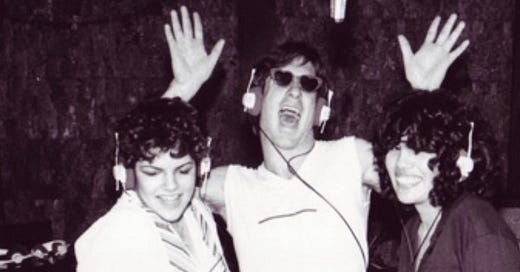



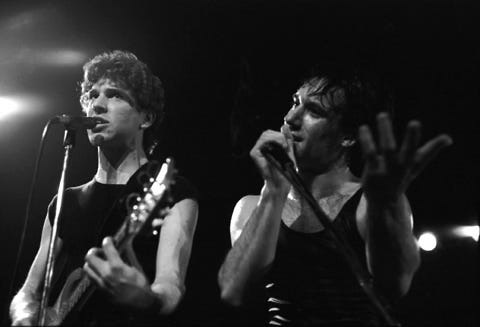
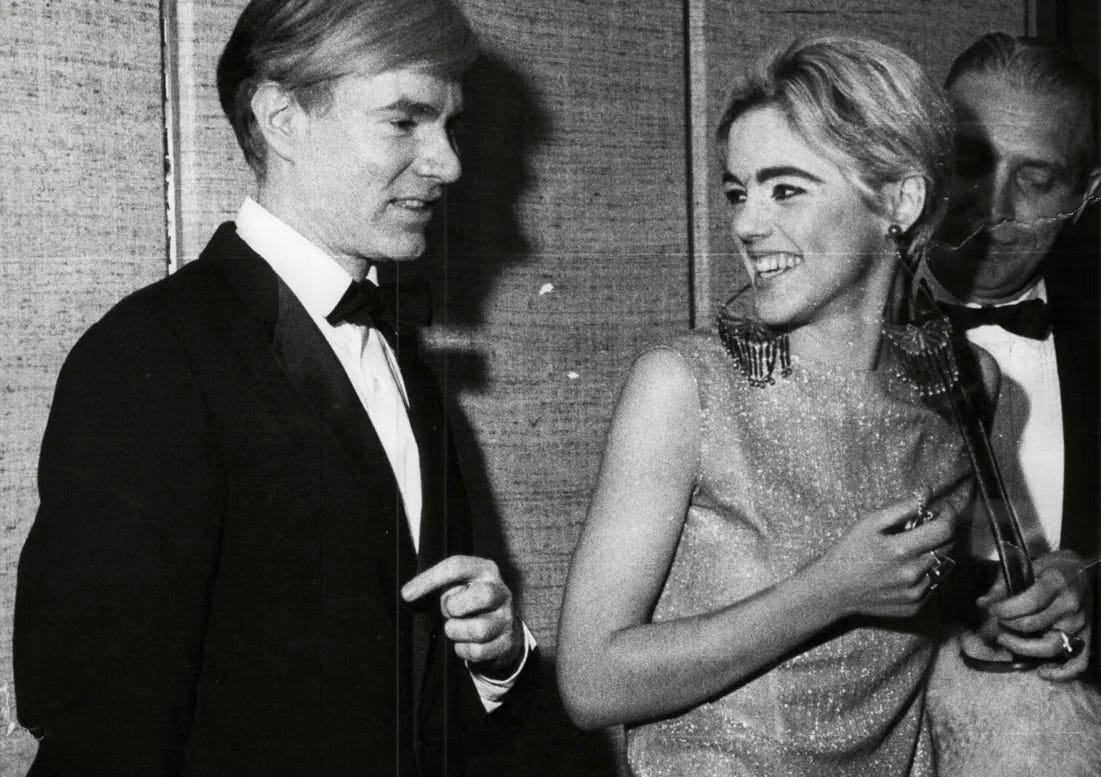

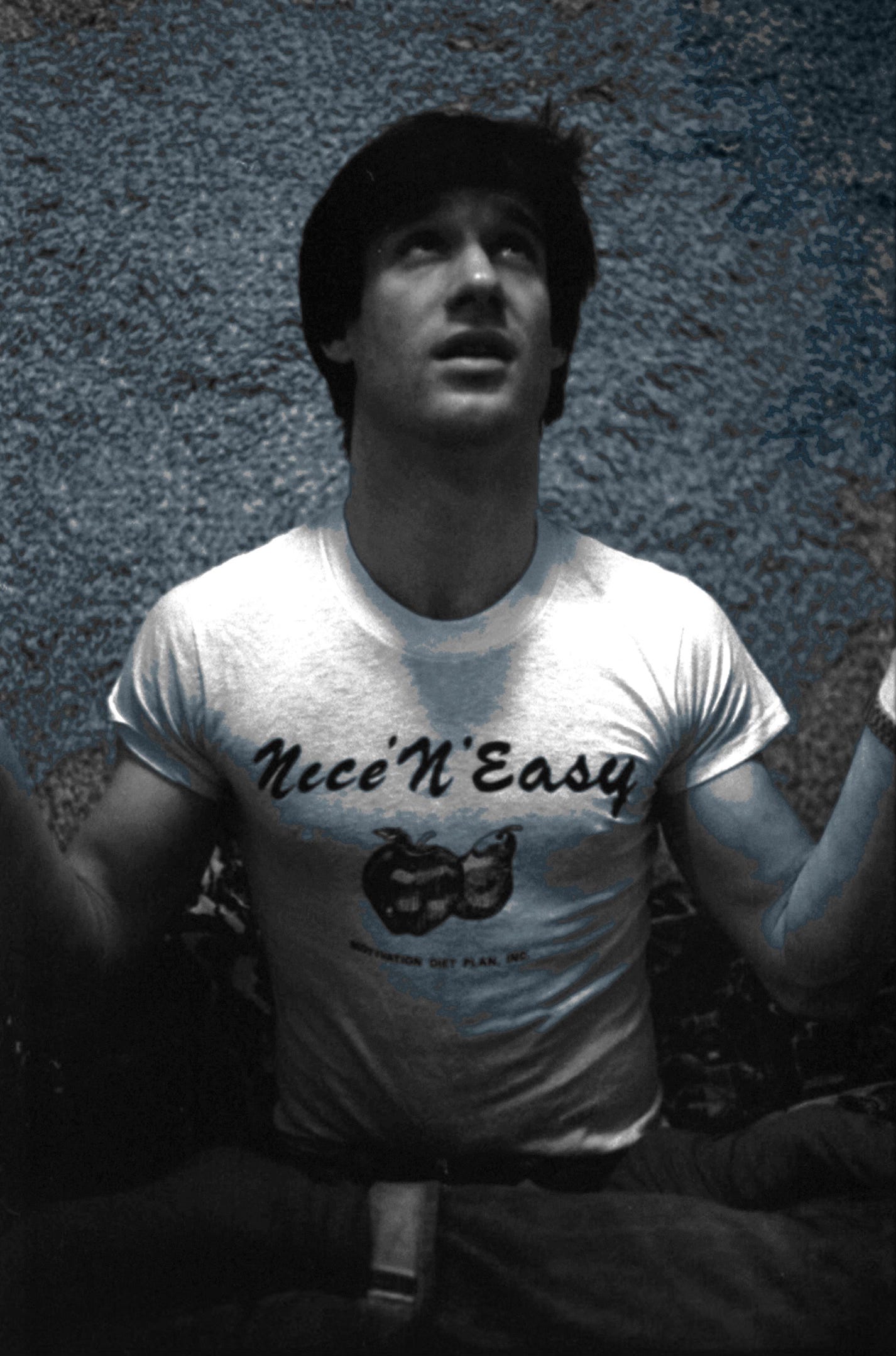


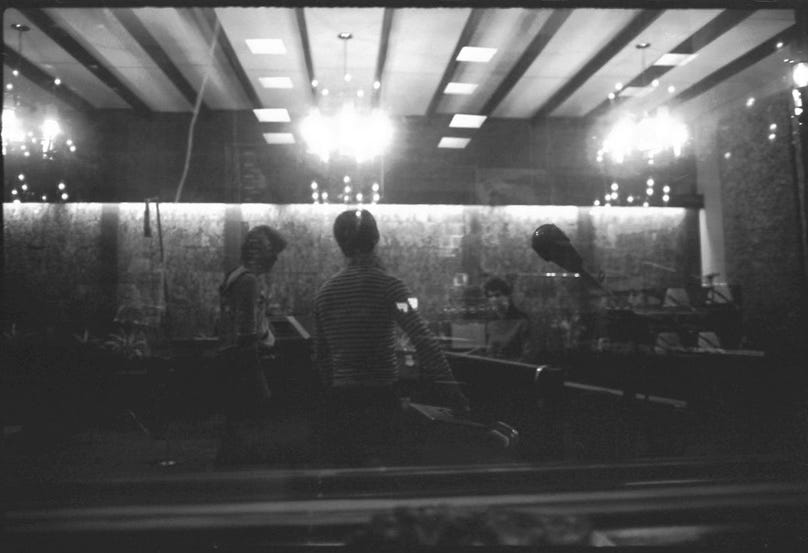

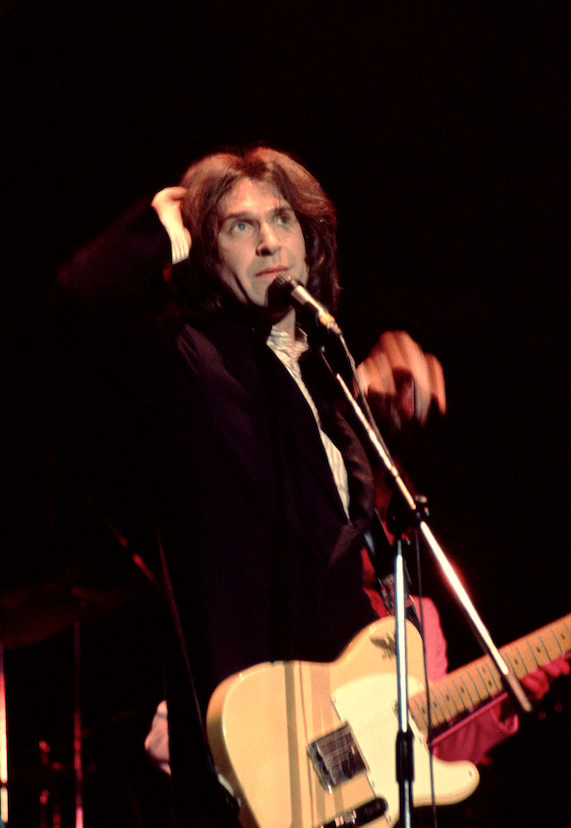
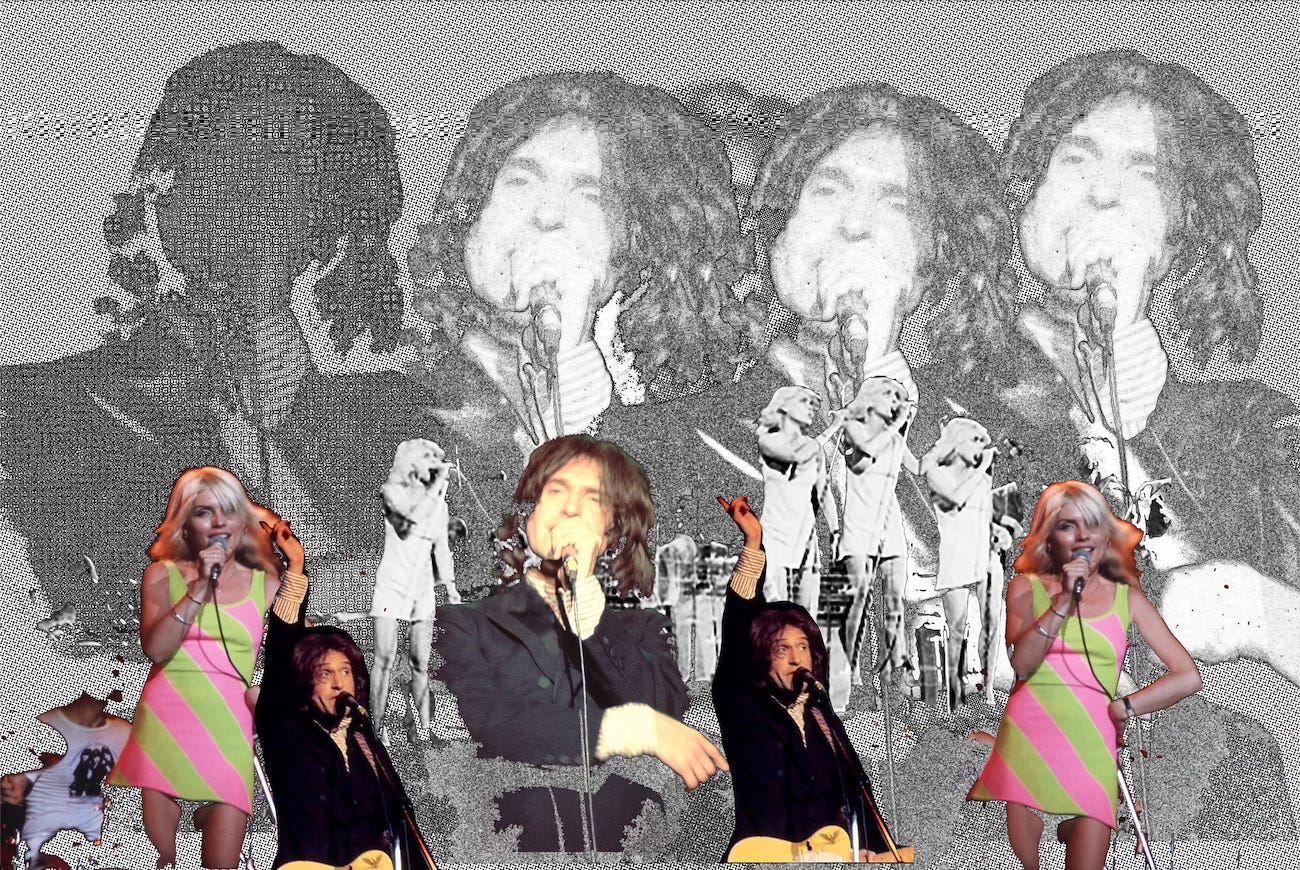
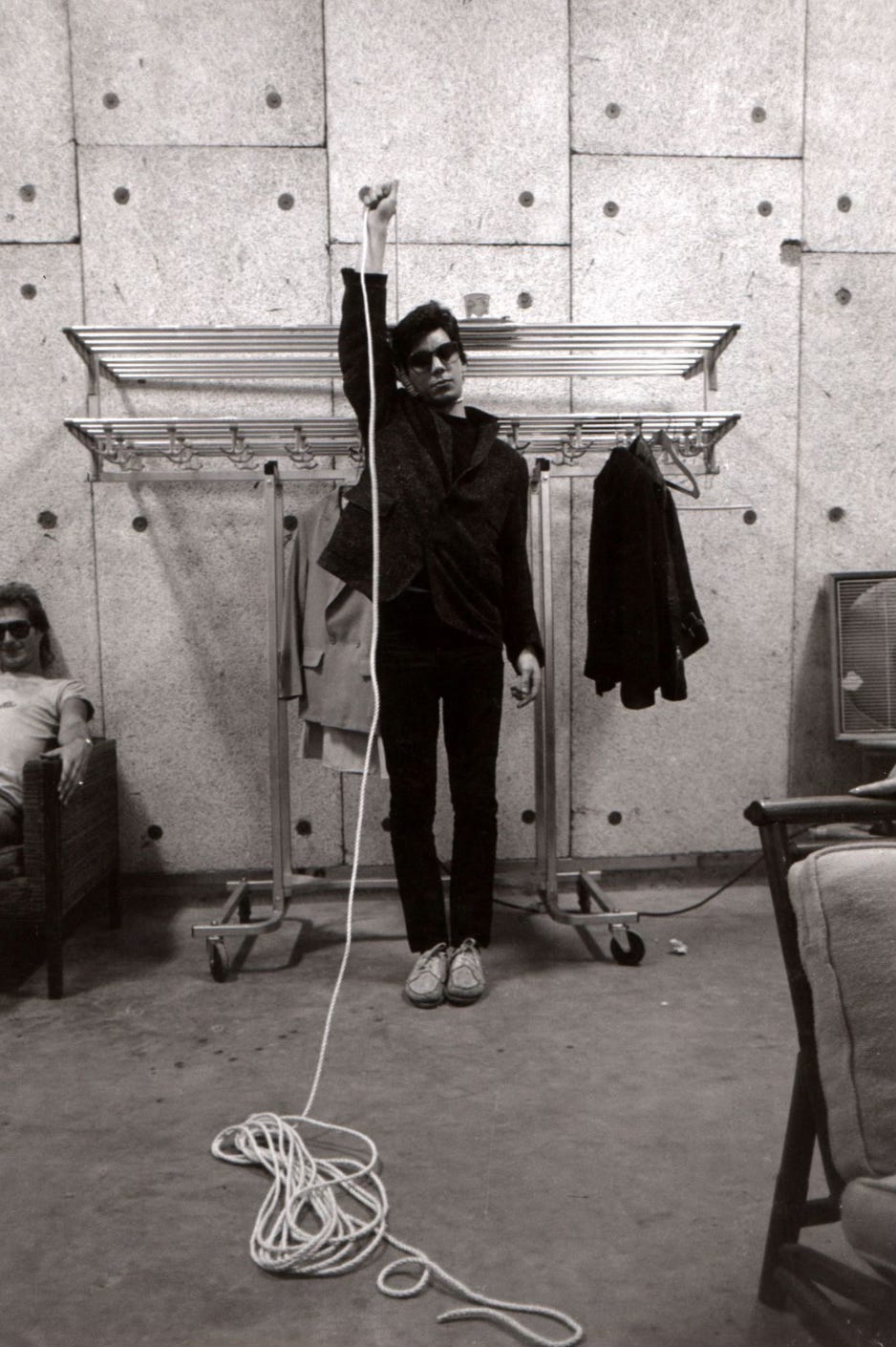
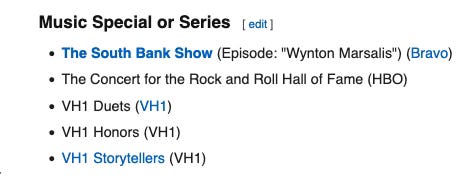

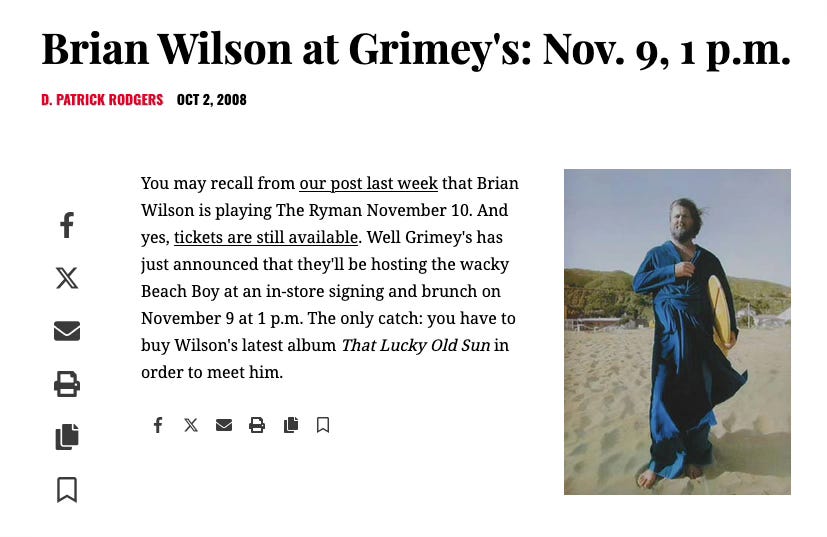
Nice write up
Lovely snippets of personal history.